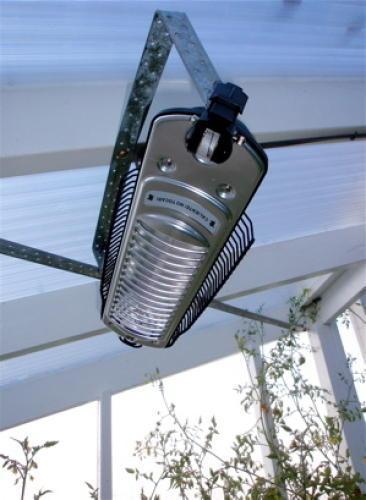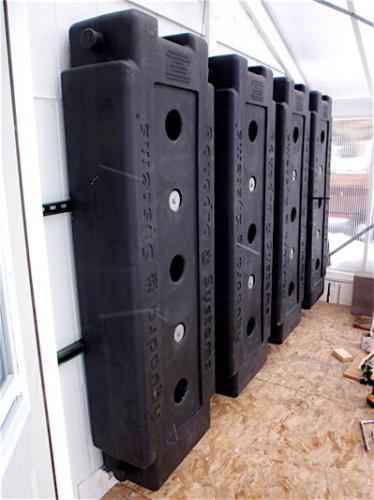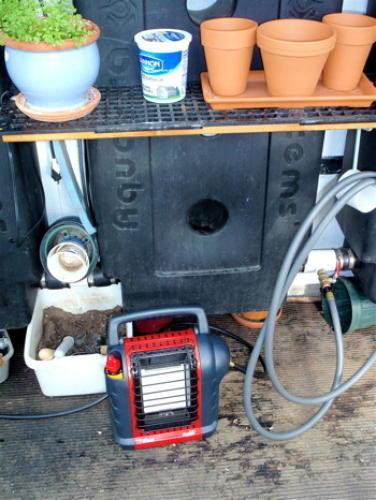Growing Vanilla planifolia requires a lot of warmth and sun. Otherwise they will be reluctant bloomers! No flowers, no vanilla beans.
Is this a free standing greenhouse? An unheated shed blocking the wind in my opinion will not shelter the greenhouse much at all. You need to wrap the greenhouse from the outside to cut down on heat loss. I used 6 mil plastic sheeting over wooden lathe creating an air pocket to slow heat loss.
Electric heaters are the least efficient way to heat. I had a 9 x 12 freestanding greenhouse in my yard back from 1975-1980. It was very expensive to heat back then! Very expensive!!! Mucho dinero.
In 1980, I went with a larger lean to greenhouse, 21 x 16x 10' high. I used a brick floor with wood chips underneath the benches. The bricks were set in 6" of rolled sand.
I my experience, zone 7 on Long Island, growing in a greenhouse, yours is too small to think about solar heating from water tanks. You need a lot more space for that. The smaller the growing area, the more rapid it will heat up during the summer and the quicker it will cool during the winter.
With my big lean to, there was oil fired hot water baseboard. I had 40' of it. But on chilly, windy nights, it was subjected to a much more rapid amount of heat loss. The breeze, even over ten miles per hour blowing across the outer surface replaces the slightly warmer air escaping through the glass with colder air carried by the breeze. With all of my cubic feet of space on cold, below 25 degrees, breezy nights, I used a supplemental kerosene heater of 50,000 Btu's. It's the BTU output of your heater that matters, not the wattage. There is a formula that you can probably find on line where you multiply cubic feet x temperature to figure out just how many Btu's you need. If the formula tells you that you need 35,000 Btu's and your heater produces 25,000 Btu's, you are going to have a severe heating problem. It will run constantly!! $$$$$$$$$$$$$$$
Vanilla planifolia will sulk and be unhappy below 50 degrees. It likes to be warm and sunny like a typical Vanda orchid.
The plus for me was with the big lean to on the south side of my house, there was a substantial savings in home heating oil, about 300 gallons each winter. It was a solar blanket on my home. It increased the humidity indoors where colds became very rare for me and my family.
Anyway, I wish you good luck in you venture and I hope I have armed you with some information!!!
Btw, I grew all kinds of orchids in my greenhouse for 34 years total.



